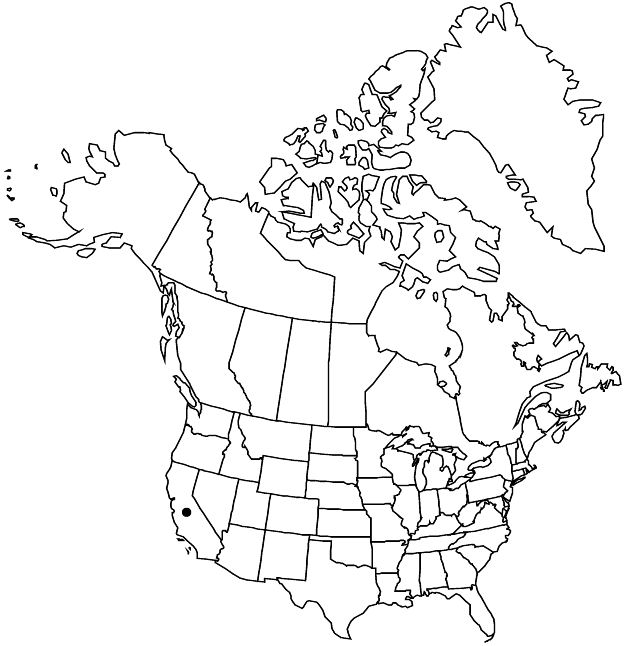Cucumis myriocarpus
Ann. Sci. Nat., Bot., sér. 4, 11: 22. 1859.
Plants: rootstock thick, woody. Tendrils antrorsely strigose. Leaves: petiole proximally retrorsely strigose, medially hirsute, distally antrorsely strigose; blade ovate, palmately 5-lobed, 2.5–9(–16) × 2–8.5(–13) cm, length 0.8–1.2 times width, base cordate to subcordate, lobes elliptic, margins serrate. Inflorescences: pedicels of pistillate flowers and fruits cylindric; staminate flowers 1 or 2–6 in sessile fascicles or panicles; pistillate flowers: calyx lobes 1.5–4.5 mm, petals 2–7 mm, corolla tube 0.3–1.2 mm, puberulent to sparsely puberulent inside. Pepos orange to yellow with green to yellow stripes, monocolor or bicolor-striped at maturity, short-ellipsoid to globose, 1.5–3(–5) × 1.5–3 cm, obscurely aculeate, flesh yellowish. 2n = 24.
Phenology: Flowering Aug–Nov.
Habitat: Fallow fields, orchards, roadsides, vacant lots, disturbed areas
Elevation: 50–300 m
Distribution

Introduced; Calif., Africa, introduced also in Australia.
Discussion
Cucumis myriocarpus occurs in Fresno, Kings, Santa Barbara, and Tulare counties.
Selected References
None.